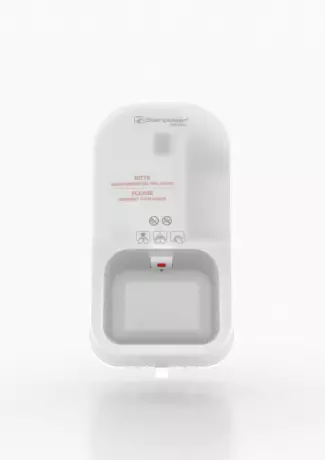
Steripower white edition – the original
The first touchless hand disinfection device - the original. The Steripower is characterized by its...
Portal and digital medical technology fair of the largest MedTech cluster in Germany

Steripower white edition – the original
The first touchless hand disinfection device - the original. The Steripower is characterized by its...
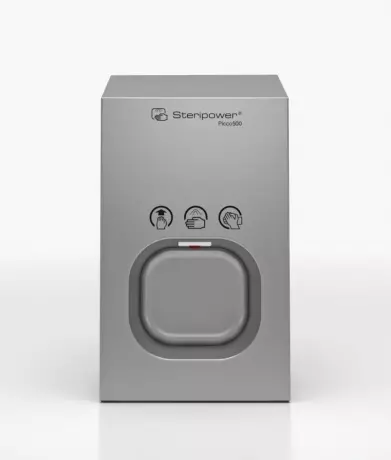
The little brother of the Steripower combines design and functionality under one hood. The Picco500...
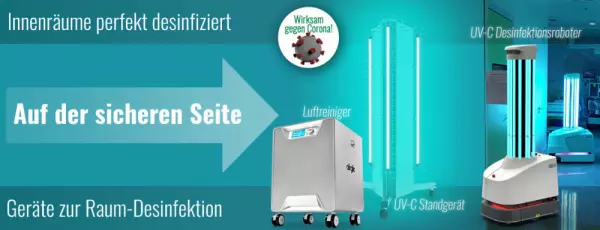
Room Disinfection ● air and surfaces ● UV-C...
+++ Comprehensive germ-free rooms +++ UV-Disinfection of room-air and surfaces +++ The room...
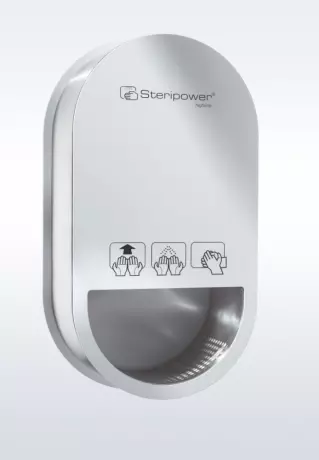
The Steripower made of stainless steel completes the product family. It combines design and robust m...
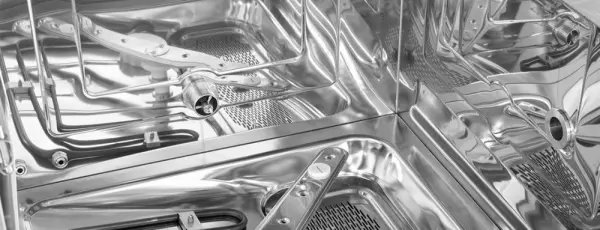
Washer-disinfectors for medical products
Medical instruments + laboratory utensils + endoscopes +++ clean & disinfect With the...
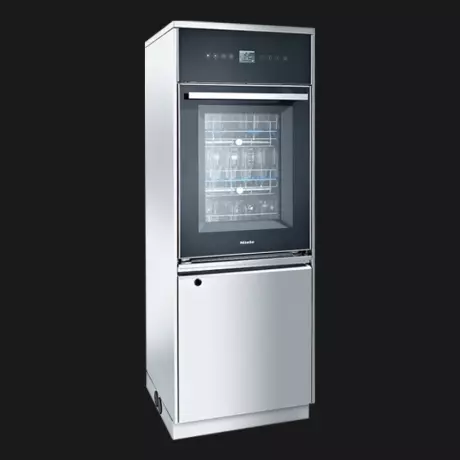
Large-capacity laboratory washer - laboratory...
LabTech Labortechnik GmbH offers you a large selection of laboratory technology - large laboratory w...

SteriTower - The tower with power
The youngest member is the giant of the Steripower family. The tower with power. With its clear line...
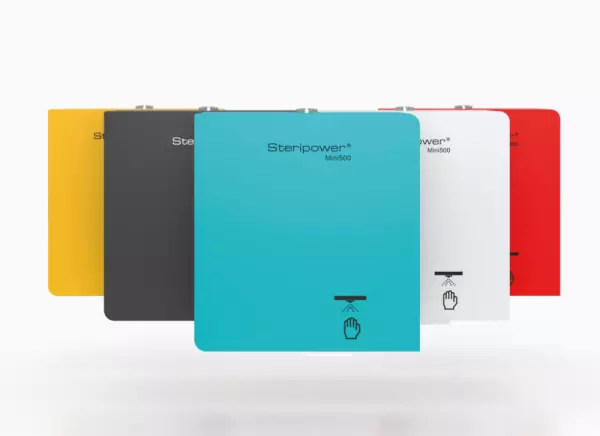
Mini500 - The quick-change artist
The smallest model offers the most diverse possibilities. Our quick-change artist. Available in many...
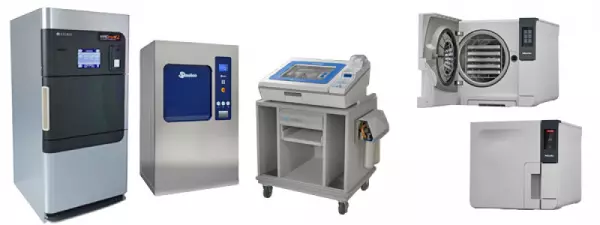
Sterilizers for medical devices
+++ Sterilize medical devices +++ Low temperature and superheated steam +++ Regardless of w...

In hospitals and other institutions, disinfection cleaning systems are the standard. These machines are similar to dishwashers, but instead of washing dishes, they clean medical equipment and surfaces. They work by heating and drying materials at high temperatures to kill bacteria, viruses and fungi. Sterilizers are also available and are highly effective at killing pathogens. They are built in a barrel shape and usually run for five minutes.
There are many different types of disinfectants available for use in hospitals, including chlorine and other antimicrobials. Depending on the severity of the outbreak, this cleaning can be repeated as often as twice daily. These systems should be used on equipment and surfaces that are frequently touched by patients, such as door handles, push plates, and sinks. The type of cleaning required by sanitary areas will also affect the frequency of cleaning. During an outbreak, cleaning should be done on a more frequent basis.
During an outbreak, it is recommended to do enhanced routine cleaning. These should include frequently touched areas such as sinks and call bells, as well as door handles, push plates, and other equipment. The frequency and duration of these processes will depend on the outbreak type, but they will all contribute to the sanitary conditions of the environment. EPA-registered disinfectants are the best choice for disinfecting equipment and surfaces.
There are many different disinfectants on the market. Choosing the right one for your environment is critical. You must make sure that the one you choose is EPA-approved and compatible with the surfaces in the facility. A EPA-approved antimicrobial agent will work wonders when it comes to killing bacteria, fungi, and viruses. If you aren't able to choose a sanitary agent, you'll be left with a disinfectant-free environment.
PDI Healthcare's OxyCloth Prime Germicidal Spray and Disinfection Wipe are both EPA-approved products. The spray kills 33 microorganisms in just five minutes, including C. difficile spores. The wipes are compatible with most surfaces and dries without leaving a residue. They are also suitable for disinfecting lenses. In a rat study, the antimicrobial-free disinfectant OxyCloth Prime is effective against seventeen multidrug-resistant bacteria.
Choosing the right disinfectant for hospital cleaning can be tricky. It should be effective and safe for the environment. However, the right disinfectants must be safe for use in hospitals. They should also be safe for staff and patients. Fortunately, there are now many options to choose from. In addition to EPA-approved antimicrobial wipes, hospitals can also use a variety of other types of disinfectants. There are many different solutions and methods for the hospital environment.
Foaming equipment is highly effective at disinfecting and cleaning systems. These machines are labeled with the type of disinfectant to be used. This method is more effective than fogging, and has many advantages. Moreover, the foaming process is better at maximizing contact time with surfaces. A hospital will likely require higher-grade disinfectants. These chemicals are also safer than fogging, which is the traditional method. In addition, foaming is more efficient than other methods.
Become a digital exhibitor yourself in the online portal of the largest and best-known MedTech cluster region in Germany and inform the world of medical technology about your products and services as well as about news, events and career opportunities.
With an attractive online profile, we will help you to present yourself professionally on our portal as well as on Google and on social media.